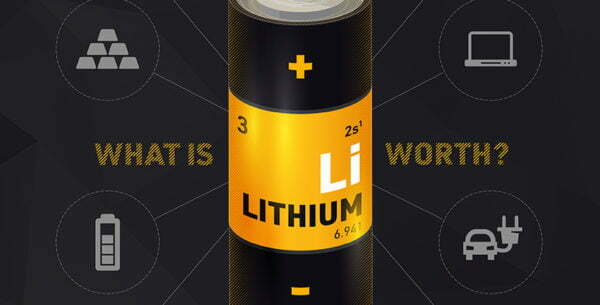Zimbabwe expects the defunct Kamativi Tin Mine to be reopened as a lithium multi-element ore body operation by 2023.
The Matabeleland North-based mine, which is wholly owned by the Zimbabwe Mining Development Corporation (ZMDC), closed in 1994 due to the depressed international prices of tin.
Speaking in an interview during a tour of Blanket Gold Mine in Gwanda recently, Mines and Mining Development Minister, Winston Chitando, said the Government has a clear roadmap to facilitate Kamativi reopen in the next two years.
“It’s a mine, which had closed down for a long time. Let me be very clear, Kamativi was a tin mine and it’s not reopening as a tin mine, it’s reopening as a lithium multielement ore body mine,” he said.
“Therefore, there has to be reconfiguration, actually it’s a new plant being constructed.”
The lithium mining project in Kamativi was being implemented by the Zimbabwe Lithium Company and is expected to unlock up to US$1,4 billion investment.
Lithium is one of the minerals the Government has earmarked for playing a significant role towards the achievement of the US$12 billion mining economy by 2023.
Under the US$12 billion milestone, lithium is expected to contribute US$500 million and the figure is expected to rapidly increase beyond 2023 as more lithium mines come on board and vast improvement in output by the existing mines.
“Lithium is in terms of the US$12 billion milestone poised to contribute US$0,5 billion by 2023 but it’s contribution will exceed that figure significantly beyond 2023,” said Minister Chitando.
“It’s anchored on about four projects at the moment. We have Kamativi, which will reopen by 2023, Sandawana will also reopen, then we have got Bikita Minerals whose production has not been good in the last two years but there is production.
“We also have Zulu Lithium, another programme on the core and it is those four which are some of the major projects we have,” he said.
Zimbabwe is among major lithium producers that may draw significant benefits from firm global prices and high demand for the precious mineral due to the expected imminent supply deficit. The country is the world’s fifth-largest producer of lithium, albeit with only a single producing mine (Bikita Minerals) at present. It holds extensive deposits of the on-demand mineral widely used in the automotive and glass industries.
Lithium-ion batteries experienced a compound annual growth rate of 25% from 2015-18, driven primarily by an uptick in electric vehicles (EVs).
In 2019, global lithium demand had reportedly jumped to 49 000 tonnes, with 60% of that being for use in battery-related products.
Experts have hinted that with around a billion light-duty vehicles on the roads, and the number set to rise to three billion by 2050, electrifying the global fleet could put a huge squeeze on lithium supply.
At the heights of operation, the mine produced tin and other by-products including tantalite niobium and lithium minerals.
Africa Mining Markets





